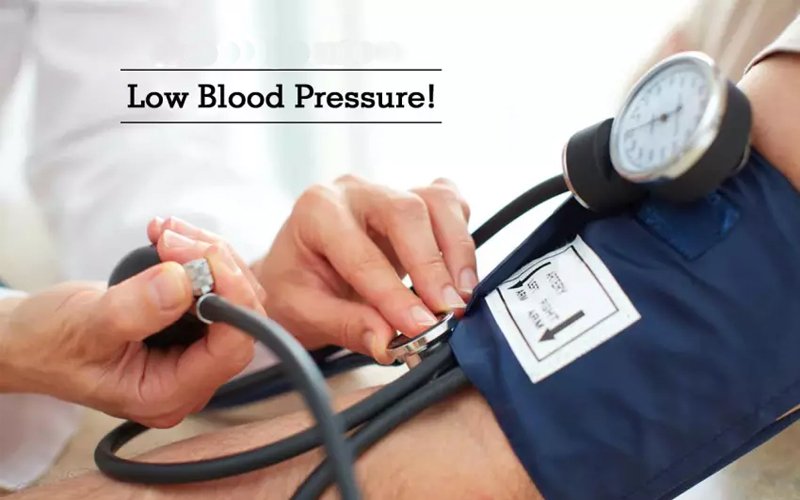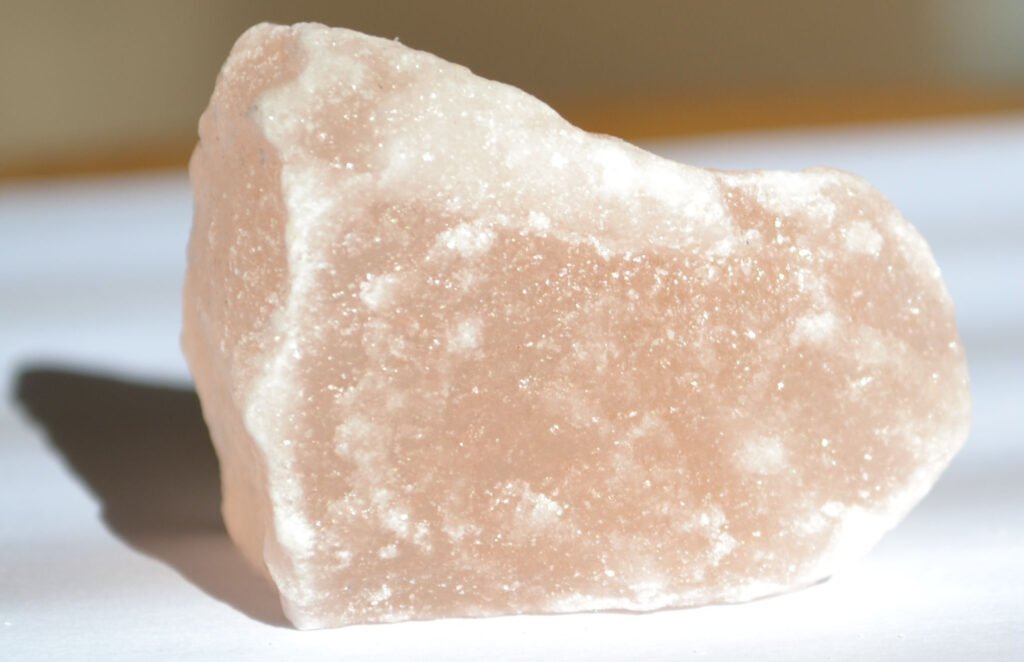What Is high blood pressure

High blood pressure, or hypertension, is a medical condition characterized by elevated force exerted by blood against the walls of arteries. It is often referred to as the “silent killer” because it may not show noticeable symptoms while gradually damaging vital organs. Blood pressure is measured in millimeters of mercury (mmHg) and is expressed as two values: systolic (pressure during heartbeats) over diastolic (pressure between beats). Normal blood pressure is typically around 120/80 mmHg. Hypertension is diagnosed when readings consistently exceed 130/80 mmHg. Uncontrolled high blood pressure can lead to severe health issues, including heart disease and stroke.
What Is Low blood pressure

Low blood pressure, or hypotension, occurs when the force of blood against the artery walls is lower than normal. While it’s generally considered beneficial, excessively low blood pressure can lead to dizziness, fainting, and inadequate blood flow to vital organs. Common causes include dehydration, severe infections, heart problems, and endocrine issues. Symptoms may include lightheadedness, blurred vision, and fatigue. A normal blood pressure reading is around 90/60 mmHg, but hypotension is diagnosed when consistently below 90/60 mmHg. Severe cases may require medical attention to address underlying causes and prevent complications.

Rock salt, known as Sendha Namak, contains essential minerals like potassium and magnesium, which play roles in blood pressure regulation. Potassium helps balance sodium levels, potentially aiding in hypertension management. Magnesium contributes to blood vessel relaxation, promoting improved blood flow. While traditional use suggests benefits, scientific studies on rock salt’s specific impact are limited. Moderation and a balanced diet are crucial. Consultation with a healthcare professional is advised before making dietary changes. Rock salt may offer a unique flavor to dishes and be part of a holistic approach to wellness, but its direct influence on blood pressure requires further research.
high blood pressure symptoms

- Headaches: High blood pressure can cause persistent headaches, often focused at the back of the head. These headaches may be an early sign, highlighting the importance of monitoring such symptoms for potential hypertension.
- Vision Problems: Blurred or impaired vision can occasionally be attributed to hypertension. Recognizing changes in eyesight and addressing them promptly is crucial in managing high blood pressure and preventing further complications.
- Chest Pain: Severe cases of high blood pressure may lead to chest pain or discomfort. It’s vital to differentiate this pain from heart-related issues and seek medical attention to assess and manage the underlying cause.
- Shortness of Breath: Individuals with hypertension may experience difficulty breathing or shortness of breath, especially during physical activity. Monitoring respiratory symptoms can contribute to early detection and intervention.
- Dizziness or Vertigo: Feeling lightheaded or experiencing a spinning sensation can be associated with high blood pressure. Regular blood pressure checks become essential, particularly if dizziness occurs frequently.
- Nosebleeds: While not a common symptom, frequent nosebleeds can occur in those with uncontrolled hypertension. Recognizing these occurrences prompts the need for blood pressure management to prevent potential complications.
Low blood pressure symptoms

- Dizziness or Lightheadedness: Low blood pressure often causes feelings of dizziness or lightheadedness, particularly when transitioning from sitting to standing. This occurs due to reduced blood flow to the brain, emphasizing the need for caution in posture changes.
- Blurred or Narrowed Vision: Individuals with low blood pressure may experience blurred or narrowed vision. This visual impairment is a result of insufficient blood supply to the eyes, emphasizing the importance of recognizing such changes for proper medical evaluation.
- Nausea: Low blood pressure, especially in more severe cases, can lead to feelings of nausea and, in some instances, actual vomiting. Monitoring these symptoms is crucial for understanding the severity of hypotension.
- Fatigue: Persistent fatigue and weakness, even after minimal physical exertion, are common symptoms of low blood pressure. Understanding these signals can prompt individuals to seek medical attention for a thorough assessment.
- Difficulty Concentrating: Low blood pressure can impact cognitive function, leading to difficulty concentrating or focusing on tasks. Recognizing these challenges can aid in early intervention and management of hypotension.
What is rock salt & how does it work for Blood Pressure ?
1. A Mineral-Rich Natural Ingredient

Rock salt, commonly known as Sendha Namak, is a naturally occurring salt that is primarily extracted from salt mines. Unlike regular table salt, which undergoes extensive processing, rock salt is less refined and retains a range of minerals. This unprocessed nature gives rock salt its distinct flavor and makes it a popular choice in certain cuisines and traditional healing practices.
2.Composition of Rock Salt
The mineral composition of rock salt includes key elements such as potassium, magnesium, and calcium. These minerals are essential for various bodily functions and are believed to contribute to the potential health benefits associated with rock salt.
3.Potassium and Blood Pressure Management
One of the primary minerals found in rock salt is potassium. Potassium plays a crucial role in the body’s fluid balance and helps regulate blood pressure. It works in opposition to sodium, another essential electrolyte, and helps counterbalance its effects. In a diet rich in potassium, the body is better equipped to excrete excess sodium through urine, potentially preventing sodium-related increases in blood pressure.
For individuals with hypertension, increasing potassium intake through sources like rock salt may contribute to maintaining a healthier sodium-potassium balance. However, it’s essential to note that while potassium is beneficial for many aspects of health, excessively high levels can also have adverse effects. Therefore, moderation is key.
4.Magnesium and Vasodilation
Magnesium, another mineral present in rock salt, has been linked to vasodilation—the widening or relaxation of blood vessels. This process is important for promoting optimal blood flow and reducing resistance within the arteries. Improved blood vessel function can contribute to the management of blood pressure, particularly in scenarios where hypertension is influenced by narrowed or constricted arteries.
5.Scientific Evidence and Caution
While traditional uses and anecdotal evidence suggest potential benefits, it’s crucial to emphasize the limited scientific studies specifically focused on rock salt and its direct impact on blood pressure. Individual responses to dietary changes vary, and caution is advised, especially for individuals with pre-existing health conditions.
3. How Rock Salt May Work in Blood Pressure

The potential impact of rock salt on blood pressure is primarily attributed to the interplay of its mineral components. The balance between sodium and potassium, with the added influence of magnesium, creates a scenario where the body is better equipped to regulate blood pressure levels.
1.Balancing Blood Pressure: The Role of Sodium-Potassium Equilibrium
Rock salt, a valuable source of potassium, plays a crucial role in maintaining a healthy sodium-potassium balance. This equilibrium is vital for preventing the adverse effects of excessive sodium intake, contributing to the regulation of blood pressure.
2.Vasodilation and Blood Vessel Health: The magnesium content in rock salt contributes to the relaxation of blood vessels, potentially promoting improved blood flow. This effect may be particularly relevant for individuals whose high blood pressure is associated with issues related to vascular resistance.
If you have any queries related to medical health, consult Subhash Goyal or his team members on this given no +91 99150 72372, +91 99150 99575, +918283060000



